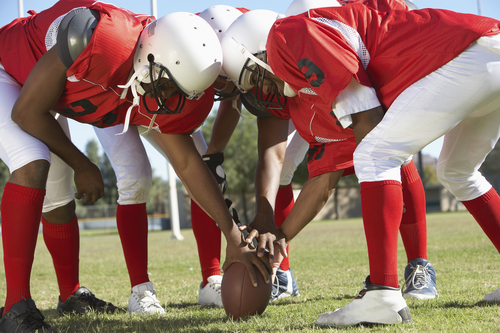 Vitamin D deficiency is epidemic that affects an estimated one billion people worldwide. This nutrient is associated with many functions and organs in your body. Research shows that insufficient levels are associated with a greater rate of heart disease and mortality. Vitamin D levels less than 20 ng/mL are associated with a risk increase to 30 to 50 percent for developing colon, prostate, and breast cancer as well as an increased mortality from these cancers. In addition, vitamin D helps to maintain the health of your bones and muscles.
Vitamin D deficiency is epidemic that affects an estimated one billion people worldwide. This nutrient is associated with many functions and organs in your body. Research shows that insufficient levels are associated with a greater rate of heart disease and mortality. Vitamin D levels less than 20 ng/mL are associated with a risk increase to 30 to 50 percent for developing colon, prostate, and breast cancer as well as an increased mortality from these cancers. In addition, vitamin D helps to maintain the health of your bones and muscles.
Dr. Joseph Maroon studied the vitamin D levels in 80 professional football players. The department of neurosurgery at the University of Pittsburg Medical Center performed the investigation. The American Journal of Sports Medicine reported the finding in their May 2015 issue.
Before looking into this study any further, you might need to know more about the science behind vitamin D. While this nutrient is used to maintain a healthy musculoskeletal system it’s also converted to 25-hydroxyvimtain D in the liver. Then it is further converted to its active form which is 1, 25(OH)2D. This happens in any of the kidneys or other tissues such as breast, colon, prostate gland, and the knee itself. The production of vitamin D in local tissues regulates cell growth, controls immune function, and affects gene expression. It is also used for calcium and phosphorus metabolism.
We know that calcium and phosphorus are very important to bone and muscle health. Adequate calcium and phosphorus levels promote bone mineralization and also cause increased absorption of calcium and phosphorus from the intestines. It has been shown that phosphorus imbalance from low vitamin D causes muscle weakness, but can be reversed with supplementation. There is a direct effect of vitamin D on the muscle cells and receptors that induces new protein synthesis.
Vitamin D deficiency is at level of less than 20 ng/mL, it becomes insufficiency when your level is between 20 and 32 ng/mL, and normal levels will be greater than 32 ng/mL.
Vitamin D deficiencies have been documented in risk groups including: children, elderly, women wearing burqas, and those with dark skin. More recently, studies have indicated that athletes especially professional ones have an increased incidence of deficiencies.
In the study listed above concerning the 80 professional football players, vitamin D levels range from extremely low to 8 up to 59 ng/mL, with 68.8 percent of the team having levels that were less than adequate. The ages of the athlete range from 22 to 37 years. The majority of these athletes were Afro-American making up 67 percent of the 80 athletes studied. The Afro-American athletes have significantly lower vitamin D levels than the Caucasian athletes.
There was a much higher rate of deficiency or insufficient vitamin D levels. In fact, all of the athletes with deficient vitamin D levels were Afro-American, as were 90 percent of the athletes with insufficient levels.
The authors looked to see if there was an increased incidence of fracture among the Athletes with low vitamin D levels. The researchers found the levels were significantly lower in the athletes who experienced a fracture. Thirty-seven percent of the NFL players have experienced a fracture, 9 of which experienced more than one fracture.
In conclusion, the author stated that the deficiency and insufficiency was significantly greater among Afro-American football players as compared to Caucasian players. Low vitamin D was associated with increased number of bone fractures. The overall prevalence of this deficiency in the studies was 26.3 percent which was comparable with 30.3 percent found in another study authored by Dr. Shindle. When combining patients with this deficiency and insufficient levels, the amount of players in this category was 68.8 percent.
Consistent prior literature, African-American football players have a much higher prevalence of inadequate levels when compared to Caucasian players, 77.6 percent versus 23.1 percent. Due to inhibited ultraviolet absorption and increased amount of melatonin in the skin pigmentation, dark skin is a known risk factor for low levels.
Additionally, researchers found the vitamin D levels were inversely related to fracture prevalence. The authors recommended based on their findings of their research that routine monitoring and optimization of these levels should be considered as part of the routine care of NFL players with special attention to African-American athletes.
If you are an athlete suffering from multiple fractures then a Vitamin D deficiency may be the problem. Contact Dr. Stacie Grossfeld of Orthopaedic Specialists today at 502-212-2663.

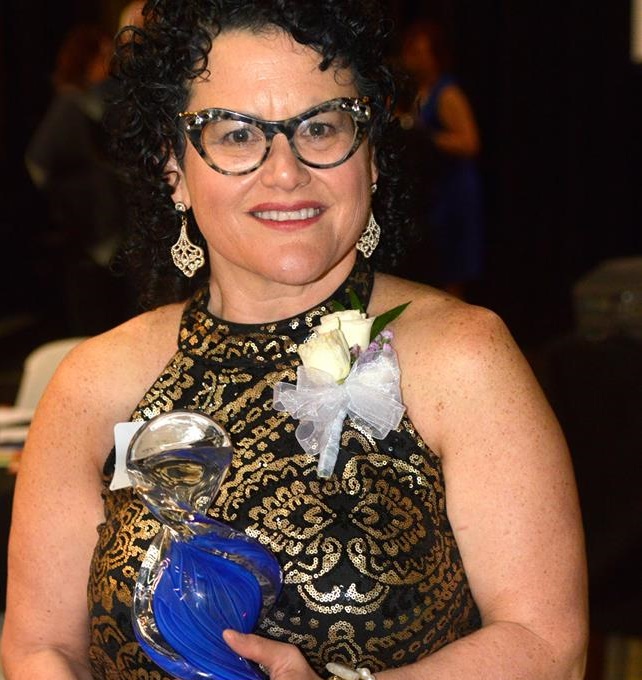 The 22nd Annual National Association of Women Business Owner EPIC Awards dinner was held on Thursday, March 3, 2016, at 5:30 p.m. at the Mellwood Arts & Entertainment Center in Louisville, Kentucky. Louisville orthopedic surgeon and sports medicine doctor Stacie Grossfeld M.D. received the Small Business Owner of the Year Award.
The 22nd Annual National Association of Women Business Owner EPIC Awards dinner was held on Thursday, March 3, 2016, at 5:30 p.m. at the Mellwood Arts & Entertainment Center in Louisville, Kentucky. Louisville orthopedic surgeon and sports medicine doctor Stacie Grossfeld M.D. received the Small Business Owner of the Year Award.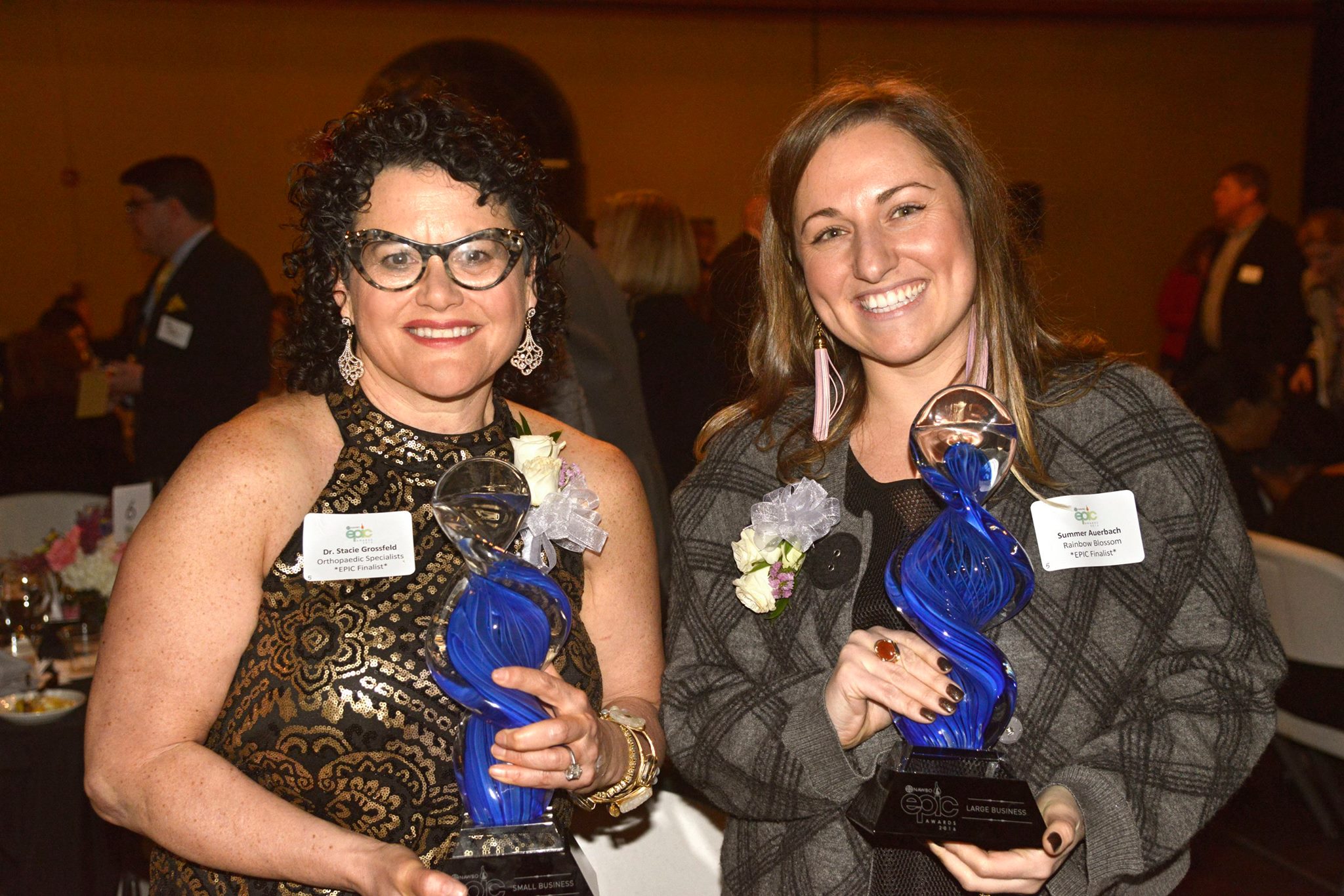 This special event, designed to recognize and celebrate the accomplishments of women business owners, included a cocktail reception compliments of Hilliard Lyons and a three-course dinner. Twelve award finalists gave brief speeches (complete with live voting from the audience) while Tim Laird, Chief Entertainment Officer of Brown-Forman Corporation, served as Master of Ceremonies, and Heather Howell, Director of Innovation at Brown-Forman, was the guest speaker.
This special event, designed to recognize and celebrate the accomplishments of women business owners, included a cocktail reception compliments of Hilliard Lyons and a three-course dinner. Twelve award finalists gave brief speeches (complete with live voting from the audience) while Tim Laird, Chief Entertainment Officer of Brown-Forman Corporation, served as Master of Ceremonies, and Heather Howell, Director of Innovation at Brown-Forman, was the guest speaker.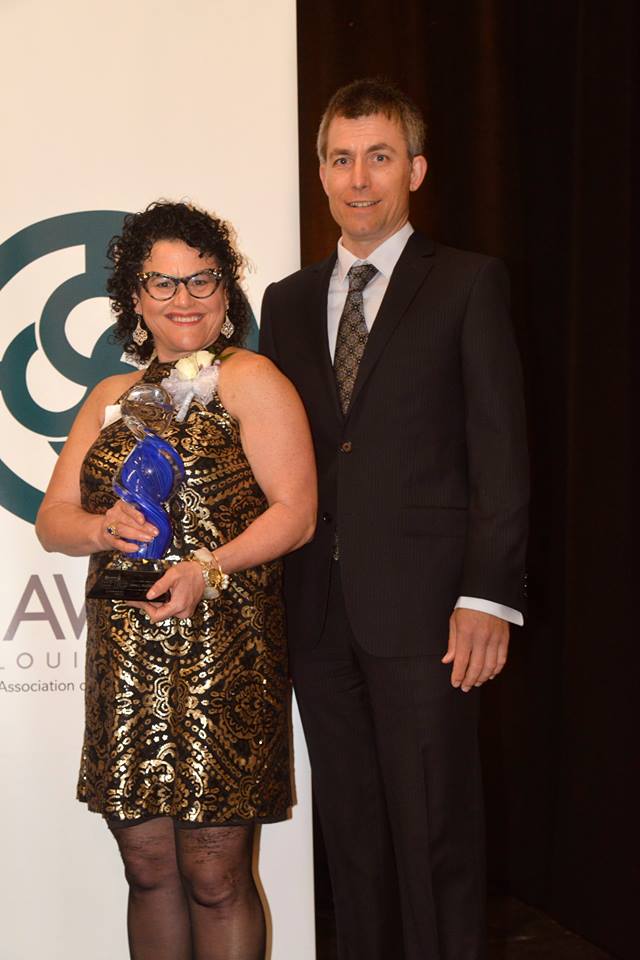
 Other 2016 EPIC Award recipients included Summer Auerbach, Owner of Rainbow Blossom, who received the Large Business Owner of the Year Award (for companies with more than 50 employees). EPIC stands for: Excellence as a woman business owner. Professional accomplishments during the past 5 years. Initiative and creativity in addressing major business challenges. Civic and community involvement.
Other 2016 EPIC Award recipients included Summer Auerbach, Owner of Rainbow Blossom, who received the Large Business Owner of the Year Award (for companies with more than 50 employees). EPIC stands for: Excellence as a woman business owner. Professional accomplishments during the past 5 years. Initiative and creativity in addressing major business challenges. Civic and community involvement.
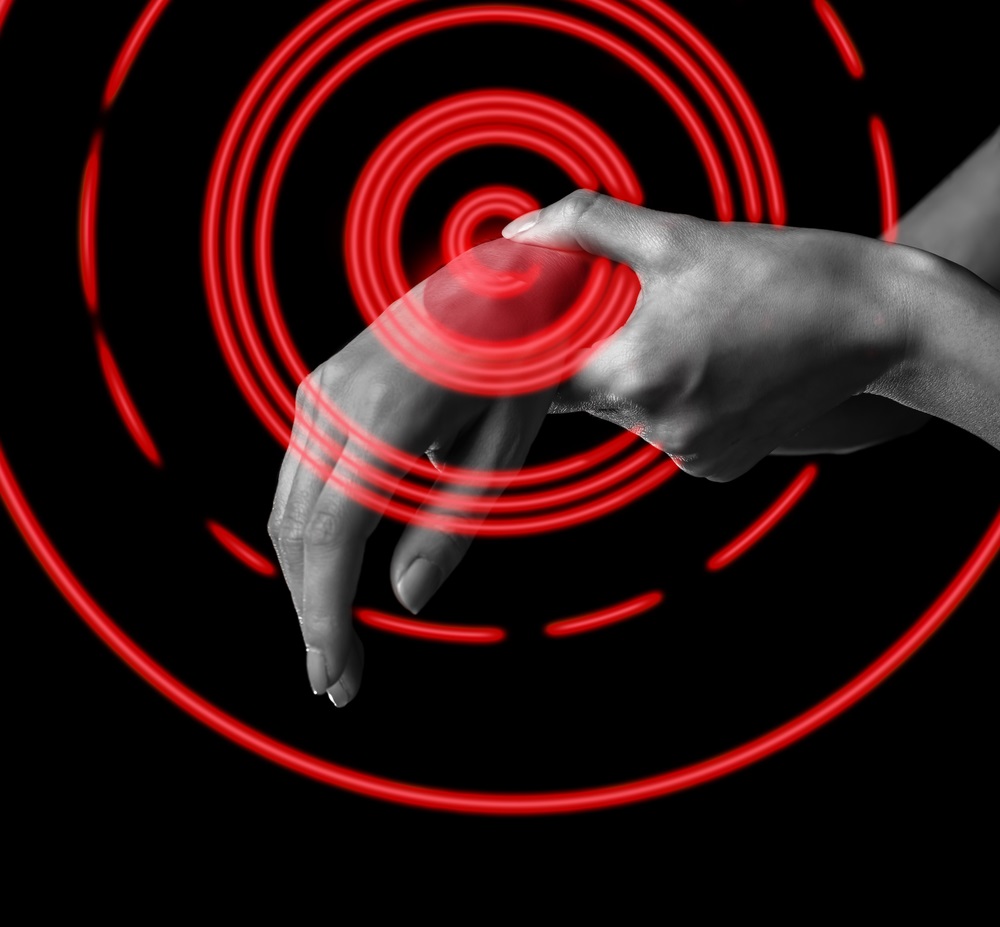 At some point in time, many people suffer from a broken wrist. Children and the elderly are at higher risk for this common injury. Follow along for more important information about symptoms and treatment options for a broken wrist.
At some point in time, many people suffer from a broken wrist. Children and the elderly are at higher risk for this common injury. Follow along for more important information about symptoms and treatment options for a broken wrist.
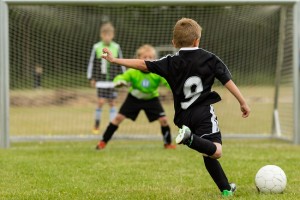 There is an excellent review in the January/February issue of Orthopedics by Dr. Aaron Provance et al. which covers the management of sports-related concussions in the pediatric and adolescent population. Below is a summary of the key points in managing sports related concussions.
There is an excellent review in the January/February issue of Orthopedics by Dr. Aaron Provance et al. which covers the management of sports-related concussions in the pediatric and adolescent population. Below is a summary of the key points in managing sports related concussions.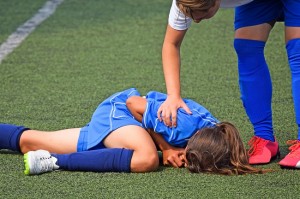 The cardinal symptoms of a concussion presentation are: confusion and amnesia. Other post-concussive symptoms may include: sleep disturbances, headaches, loss of consciousness, disorientation, increased emotion, irritability, slowed reaction time, difficulty with concentration or memory, fatigue, blurred or double vision, sleep disturbances, dizziness, poor balance, and sensitivity to light or noise.
The cardinal symptoms of a concussion presentation are: confusion and amnesia. Other post-concussive symptoms may include: sleep disturbances, headaches, loss of consciousness, disorientation, increased emotion, irritability, slowed reaction time, difficulty with concentration or memory, fatigue, blurred or double vision, sleep disturbances, dizziness, poor balance, and sensitivity to light or noise. There have been recent studies assessing the incidence of knee pain after total knee replacement involving the operative knee. There was an article published in the Journal of Orthopedics, January/February, 2016 issue, offered by Dr. Thomas Sculco out of the hospital for special surgery at Cornell Medical Center in New York, New York.
There have been recent studies assessing the incidence of knee pain after total knee replacement involving the operative knee. There was an article published in the Journal of Orthopedics, January/February, 2016 issue, offered by Dr. Thomas Sculco out of the hospital for special surgery at Cornell Medical Center in New York, New York. Your rotator cuff is a group of four tendons and muscles located around the shoulder joint at the top of your upper arm bone that connects to the humerus. These different parts of the arm work together to allow this part of your body to move in different directions. The issue with this part of your arm is that it’s very susceptible to overuse injuries and tearing. Many baseball, tennis and football players, along with swimmers sustain rotator cuff injuries.
Your rotator cuff is a group of four tendons and muscles located around the shoulder joint at the top of your upper arm bone that connects to the humerus. These different parts of the arm work together to allow this part of your body to move in different directions. The issue with this part of your arm is that it’s very susceptible to overuse injuries and tearing. Many baseball, tennis and football players, along with swimmers sustain rotator cuff injuries.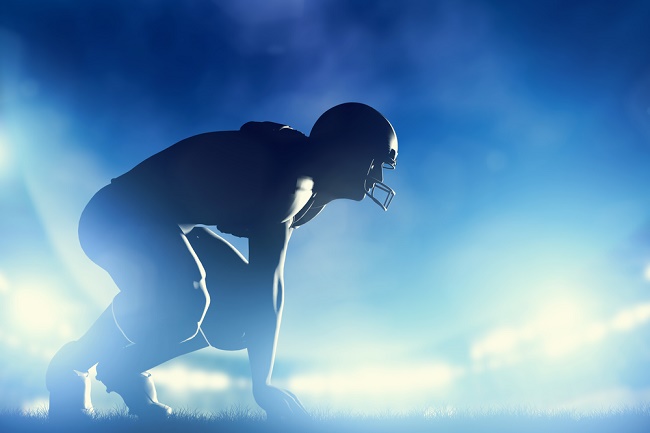 In 2015, football was ranked the No.1 sport in America based on TV ratings, revenue and overall interest. This sport has inspired viewers and athletes alike. Today, there are more than 1 million football players in the U.S. This number includes professional, collegiate, and recreational athletes. Many of these athletes got their start in youth football leagues and have continued to play for many years to come.
In 2015, football was ranked the No.1 sport in America based on TV ratings, revenue and overall interest. This sport has inspired viewers and athletes alike. Today, there are more than 1 million football players in the U.S. This number includes professional, collegiate, and recreational athletes. Many of these athletes got their start in youth football leagues and have continued to play for many years to come.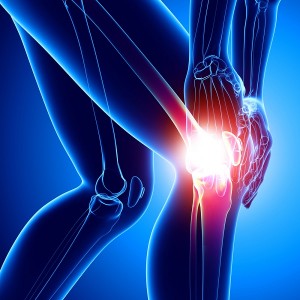 The anterior cruciate ligament or ACL is one of 4 primary ligaments located in your knee. It works to attach the tibia to the femur. ACL injuries are one of the most common knee injuries for athletes involved in sports like soccer, football and basketball.
The anterior cruciate ligament or ACL is one of 4 primary ligaments located in your knee. It works to attach the tibia to the femur. ACL injuries are one of the most common knee injuries for athletes involved in sports like soccer, football and basketball.
Recent Comments